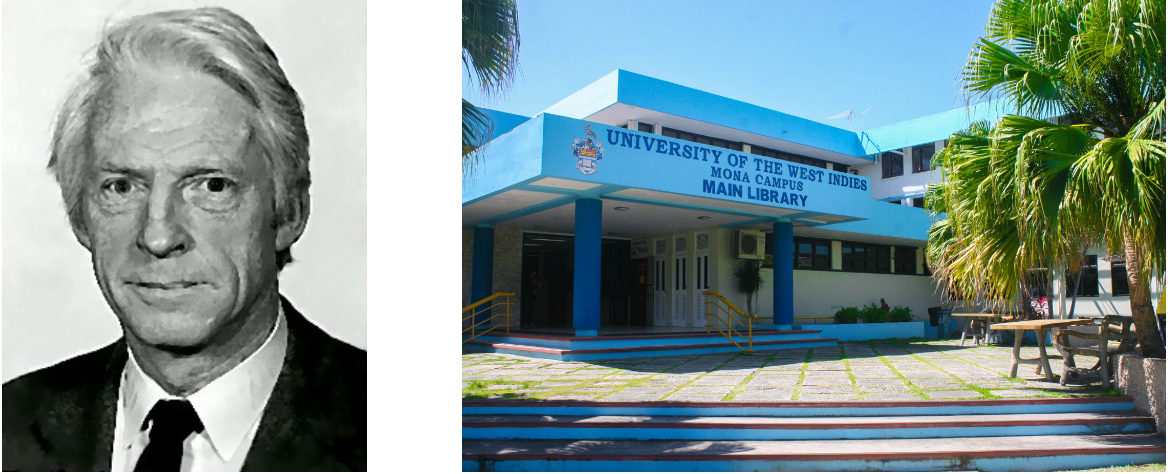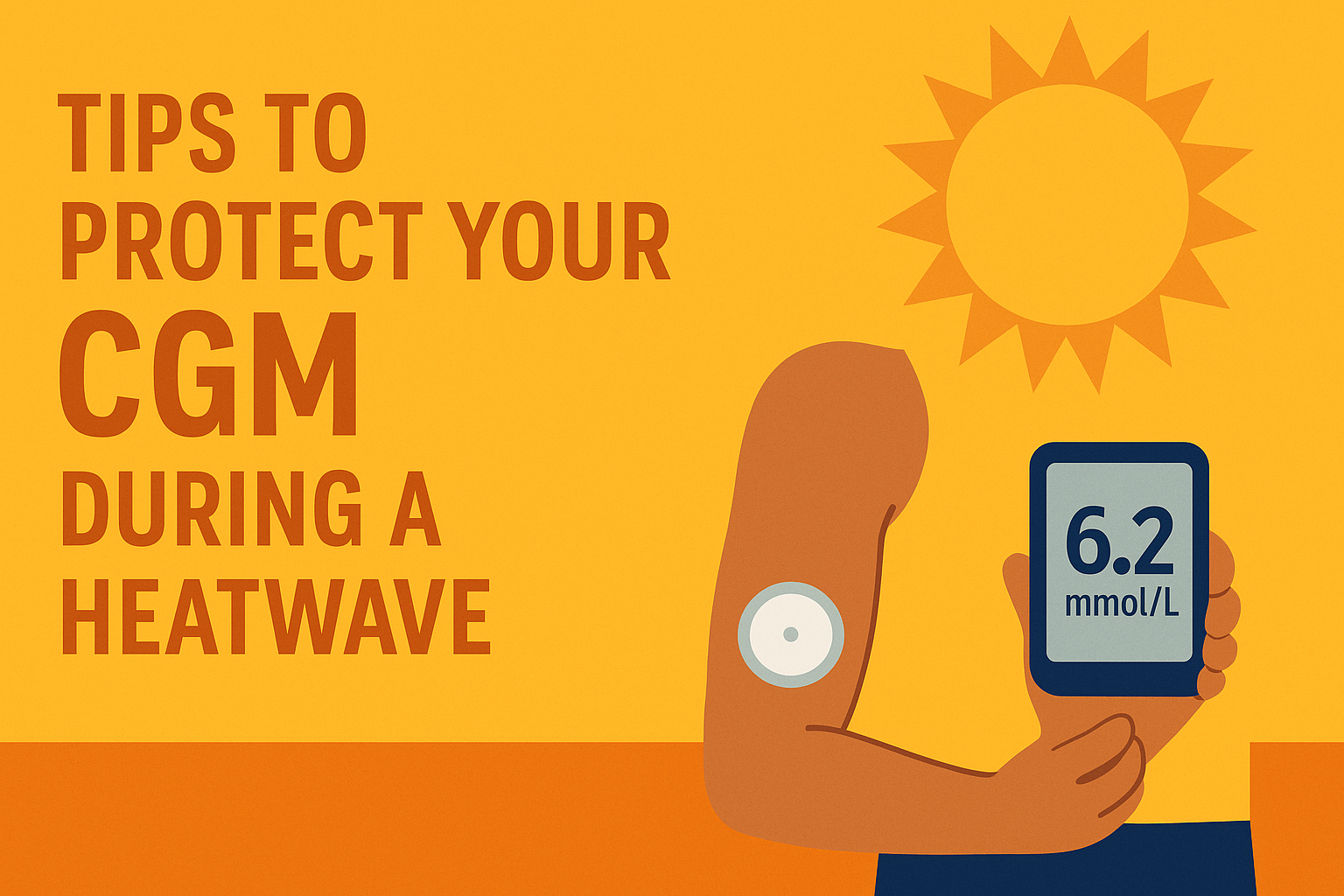This blog considers whether our reliance on HbA1c as the gold standard for assessing our management of diabetes is flawed. And what is the alternative when using a Libre sensor?
Over 36% of persons with type one diabetes in England have access to FreeStyle Libre and more of us are getting access to this, and similar MedTech. A growing number are now also upgrading to Libre 2 which offers improved accuracy and less of a time lag between levels shown by a sensor reader (or phone) and finger prick testing. But, despite this adoption of new tech, for many of us diabetes management is assessed on the basis of a single figure – the HbA1c result.
Our HbA1C score signals whether or not we’re succeeding or not and we may congratulate ourselves if the level is going the right way. But, if it’s not, we can be frustrated, and it can have a spiralling negative effect on our mood and approach to our diabetes management.
HOW HbA1c IS MEASURED
HbA1c has been the standard measurement of blood glucose ‘control’ for over 40 years and is recognised by healthcare professionals internationally and the World Health Organisation (WHO) as key to a diagnosis of diabetes as well as a measure of an individual’s ‘control’ of their diabetes.
The science behind testing HbA1c is based on the premise that glucose in blood sticks to haemoglobin (the protein that carries oxygen in red blood cells) over a period of time. The assumption is that as red blood cells typically live for 90 days, testing HbA1c in the blood provides a measure of glucose concentration over the preceding 3 months. If glucose levels have been high the concentration will be higher.
Therefore, a HbA1c test gives an average of what glucose levels have been over a period of 2 to 3 months and is used as an assessment of a person’s diabetes management and their risk in developing diabetes-related complications.
ACCURACY

Most type 1s can tell you off the top of their head their last HbA1c result and will use this as the focus of their efforts to reduce the likelihood of diabetes-related complications. However, there are limitations to the use of this test which can be inaccurate for many, although we’re not usually told this by our doctor or healthcare team. Of course, underestimates can give a false confidence to our diabetes management and overestimates may cause us, or our care providers, to be overly critical.
Blood tests themselves have an accepted level of variability where both external and internal factors can affect the results, even where they are conducted in a lab. The HbA1c test is based on an underlying presumption that red blood cells live for 90 days but there is in reality a wide difference in the lifetime of these cells which has a significant impact on the result of an individual’s HbA1c result.
Unfortunately, there is currently no means to adjust a HbA1c test to account for a person’s average blood cell age, so errors are likely to persist.
USING LIBRE ESTIMATED A1C
The estimated A1c Report on LibreView is directly related to the 90 days report on Time in Target, which gives an overview of time within range.
Time in Target reports shown by using a Libre sensor have been accepted internationally as an alternative means to measuring glucose levels and evaluating a person’s diabetes management. These reports use ongoing and continuous data as opposed to the traditional HbA1c test and therefore may more accurately reflect levels of glucose in the blood, in particular reflecting more recent behaviour so are viewed by some healthcare professionals as more current and reliable.
It’s worth noting that if you have had lots of hypos i.e. where levels drop below 3.9 mmol/L, then your estimated A1c is more likely to vary when compared to a lab test for HbA1c. Equally, being out of target range, generally over 13.9 mmol/L, will have an effect on estimated A1c.
SHOULD WE USE HBA1C OR TIME IN TARGET?
Accuracy is vital to the judgements and decisions we make every day and our efforts towards improving our HbA1c. But, using a Libre sensor we no longer need to wait for a HbA1c result to know how we're doing. A HbA1c test gives a historic figure and rarely reflects the measurement when you're actually sitting down (or speaking via a virtual appointment) with your diabetes consultant. Whereas Time in Target is continually being updated and being readily available on the app it can be checked at any time needed.
HbA1c is still currently the dominant measure of success and a step change to Time in Target throughout the NHS will take a long time to happen. It's likely that HbA1c will continue to be a part of regular diabetes consultations, but it shouldn't be the only measure. Using time in target has many advantages and in time its understanding and use in diabetes management will evolve. We need to be forward thinking and in some cases it may be up to us to point out how time in target fits into our day-to-day management of diabetes.
DOES HBA1C HAVE AFUTURE?

FreeStyle Libre has given us much new data and, in many cases, opened our eyes to the reality of how much our glucose levels vary and indeed rather than riding in the dark (think Space Mountain at Disney) we’re now seeing the rollercoaster with the lights turned on!
Our growing reliance on our Libre has resulted in more data being measured, collected and analysed, and along with juggling all the other factors that affect our wellbeing, it can be both game-changing and exhausting.
With the pace of MedTech accelerating, the future of diabetes management is likely to involve greater personalisation and this could mean that Time in Range takes on greater importance with HbA1c taking a backseat. After all it's been around for 40 years. Our understanding and research into diabetes is accelerating and the latest MedTech allows us to take more personal control of our diabetes than ever before.
If you're interested in taking a new approach to your diabetes management, why not read our article, How to Own Your Zone.
💛💛💛
Notes
1.FreeStyle Libre sensors use A1c instead of HbA1c, but it’s the same means of measurement.
2.HbA1c is what glycated haemoglobin is commonly known as by those with diabetes. It identifies average glucose concentration in the bloodstream.
3.Hypos, and particular if they’re a frequent occurrence, can have a significant effect on HbA1c results as well as other factors such as cholesterol levels, kidney or liver disease, vitamin supplements and other conditions affecting haemoglobin such as anaemia.
4.Data in January 2021 shows 36% of type one patients within the NHS have access to Libre sensors on prescription.
5.The suggested target is to aim for 70% of time in range using a standardised range of 4.0 to 10.0 mmol/L although range can be personalised on an individual basis.
💛💛💛
Disclaimer
Love My Libre is not associated or affiliated with Abbott or FreeStyle Libre. Content here and on our website www.lovemylibre.com does not constitute medical advice or replace the relationship between you and healthcare professionals nor the advice you receive from them.
The author of this blog has type 1 diabetes and uses the FreeStyle Libre 2 which is provided on NHS prescription.
FreeStyle Libre is a registered trademark of Abbott Diabetes Care Inc.







Alan stables
October 25, 2023
Amazing..I could have been reading about my own life(regarding my diabetes story) perhaps without all the outdoor sports but never the less..I’ve been type1 for 40 years this year and I love my Libre.